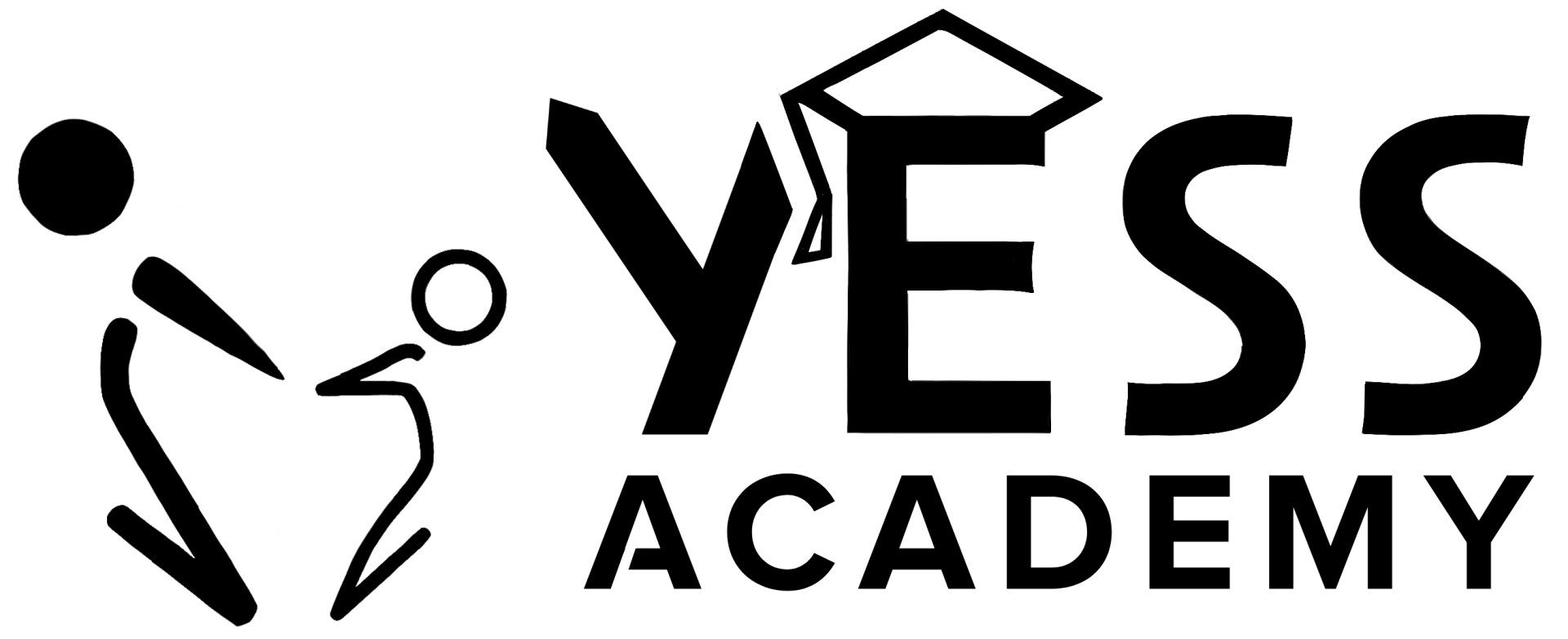Substance misuse is not merely a behavioral issue; it's deeply rooted in biology, psychology, and social factors. Educators and students benefit from understanding how various substances affect the brain and body. For instance, exploring how certain drugs alter brain chemistry and lead to dependency provides valuable insights into the nature of addiction.
One critical aspect to emphasize is the impact of substance misuse on adolescent brain development. The adolescent brain is still maturing, making it more susceptible to the harmful effects of drugs and alcohol. Highlighting this vulnerability is key in educational settings, as it underscores the importance of making healthy choices during these formative years.
Understanding the psychological and social factors that contribute to substance misuse is equally important. This includes exploring themes like peer pressure, mental health issues, family dynamics, and social media influence. Educators can use this knowledge to create more empathetic and effective approaches to prevention and intervention.

Equipping educators with practical prevention strategies is a crucial part of this educational toolkit. This involves promoting healthy coping mechanisms, teaching decision-making skills, and fostering a supportive school environment. Educational approaches should also include interactive methods, such as role-playing and scenario analysis, to engage students actively.
Real-life examples and case studies can make the science behind substance misuse more relatable and understandable for students. Sharing stories of individuals affected by substance misuse and their journeys can provide powerful lessons and insights.
The science behind substance misuse is a fundamental topic in education that warrants thorough exploration. By delving into the biological, psychological, and social aspects, educators and students can gain a comprehensive understanding of this complex issue. This knowledge is instrumental in developing effective prevention and intervention strategies, ultimately fostering healthier, more informed choices among students.
Empty space, drag to resize
References for Further Reading:


